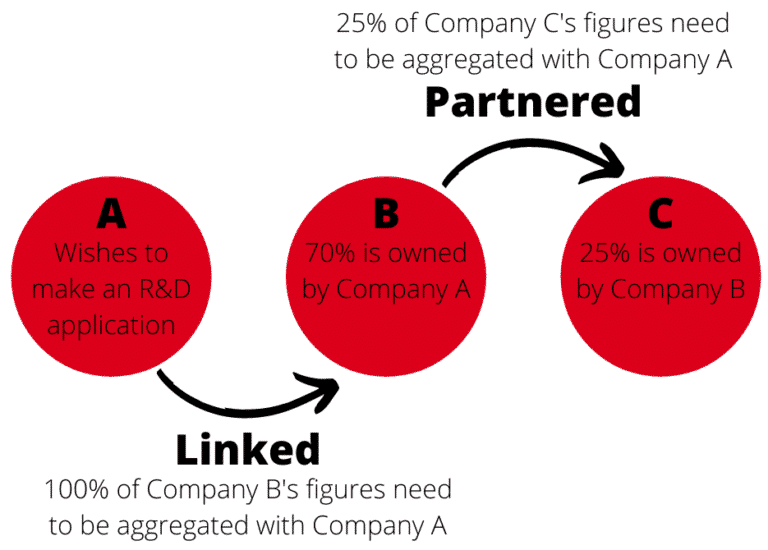Future Plans for the R&D Scheme
During the Autumn Budget 2021, the government announced a number of proposed reforms to the R&D incentive, all with the key focus of further supporting innovation within the UK, whilst also targeting abuse and improving compliance. These reforms are intended to be included within the Finance Bill 2022-23, meaning they will likely take effect from April 2023.
Amendments to R&D Scheme to Extend and Further Support Innovation Within the UK
An area that has been widely discussed for change is the inclusion of data and cloud computing costs. There has long been an intention to align the scheme and its guidelines to accommodate and recognise the latest technology, incentivising modern methods of processing and analysing vast data sets essential for R&D.
As such, the government confirmed that under the proposed changes, both the SME and RDEC relief will be extended to include these data and cloud computing costs. Specifically, license payments for datasets and cloud computing costs attributable to computation and data processing will be brought into the scope of qualifying expenditure for R&D.
HMRC also intend to further refocus the relief towards innovation within the UK. Under the current rules of the incentive, a company can recover costs for a subcontractor irrespective of whether the work is conducted in the UK or overseas. The proposed changes indicate that, where a company subcontracts the work to an external party, relief will only be eligible where the work has been performed in the UK. Similarly, only the costs on Externally Provided Workers (EPWs, or agency staff) that are paid through UK payroll will be recoverable. These principles are to be reviewed before any exact legislation takes effect (from April 2023).
Abuse and Compliance
This is a really key area of the reforms and could impact how R&D is claimed for in the future. It follows HMRC’s intention to cut down the estimated level of error and fraud in R&D applications, and as a result, ensure that the relief is only received by those with a genuine entitlement to it.
HMRC has already acted on this issue, allocating additional resource to the compliance of R&D applications. The further suggested changes will see all claims for R&D relief to be made digitally (both for a reduction in Corporation Tax payable and a tax credit), and will require far more detail on the application. This will involve greater depth on why a project meets the relevant criteria from HMRC (seeking an advance in science and technology through the resolution of technological uncertainty) and what expenditure is being claimed.
Companies will also be expected to inform HMRC of their intention to make a claim in advance. Further, HMRC will require each claim to be endorsed by a named senior officer of the company and will need applications to provide details of any agent who has supported compiling the application.
These changes further highlight the importance of using a reputable R&D provider with a proven track record; reputable providers will already be meeting much or all of this criteria, by compiling a robust application that explains to HMRC why your business and your activities qualify for R&D relief. Whilst these changes are not set to be implemented immediately, it is worth having a discussion with an R&D expert to ensure your company is set up and ready for any changes to the R&D incentive.
If you would like an expert team who are committed to sustainability to compile your R&D application, fill in the form below and one of us will be in touch!






